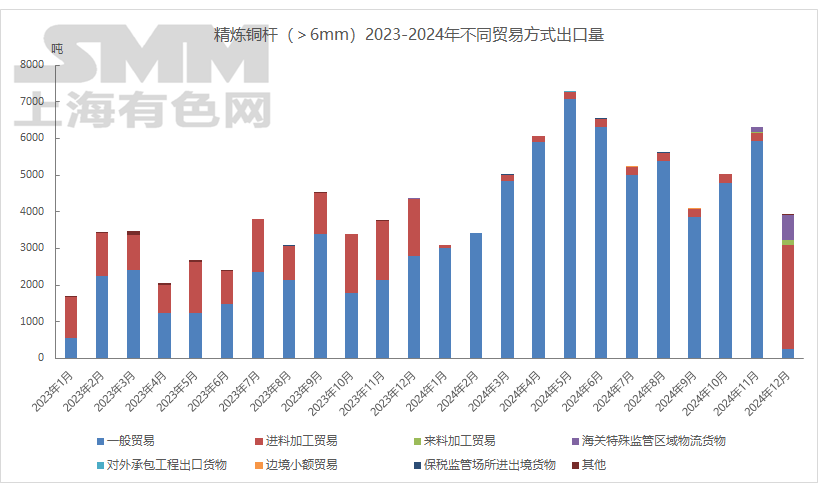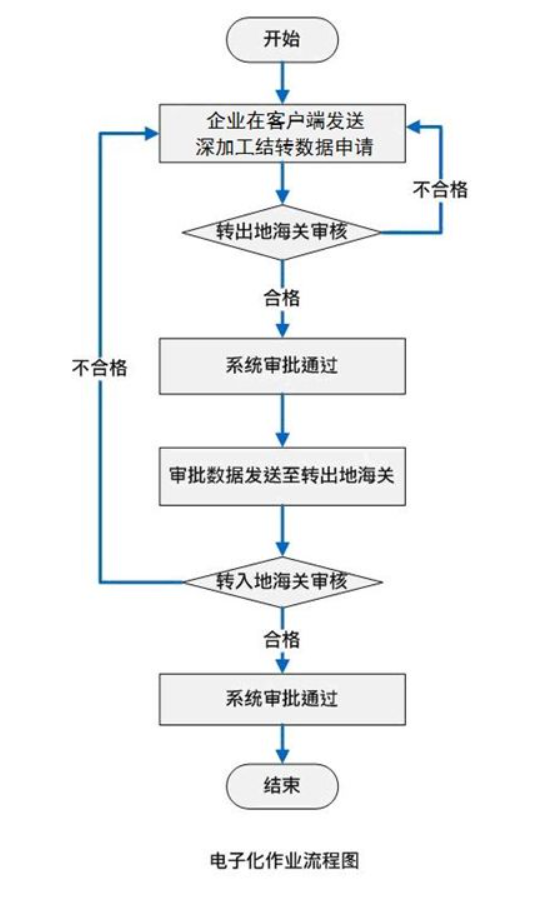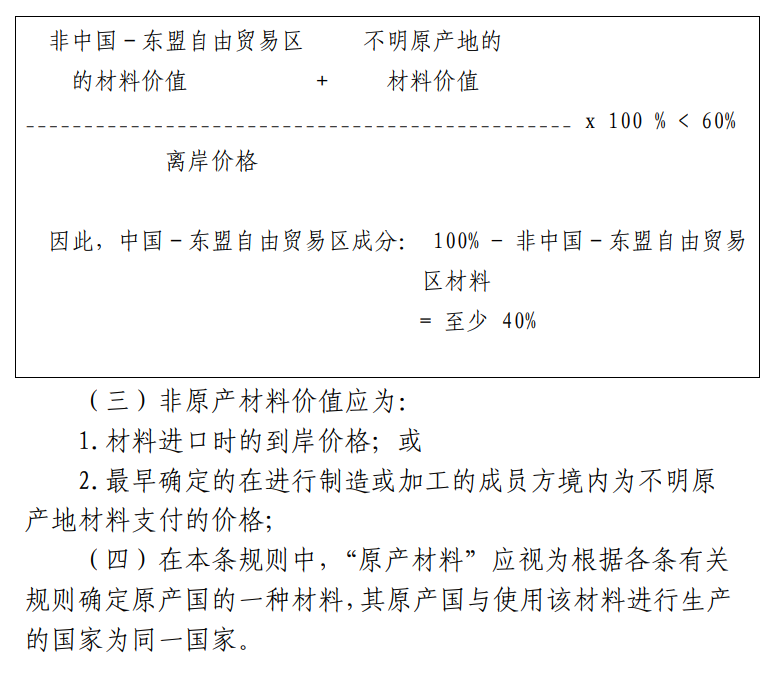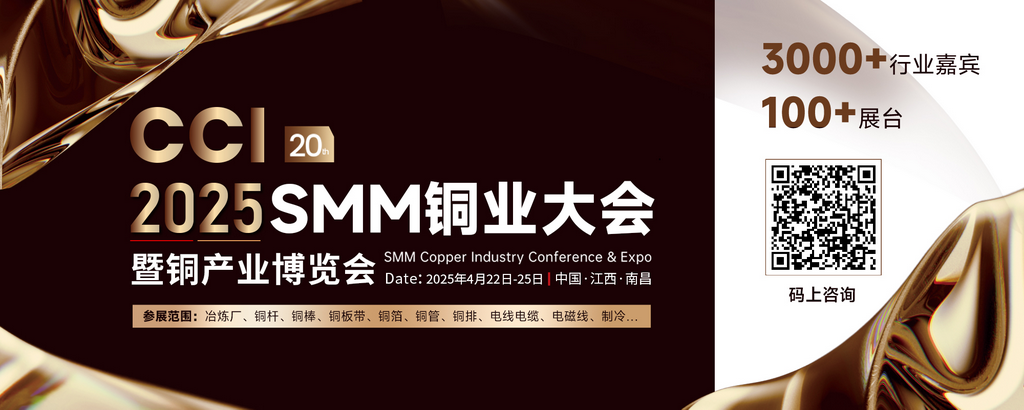







Continuing from the previous article, after completing the application for the processing manual, it signifies that the enterprise is just one step away from transitioning its export business from Ordinary Trade to Processing Trade. It is important to note that after switching from Ordinary Trade to Processing Trade, the requirements for raw materials also change. Under Ordinary Trade, there were no restrictions on the choice of raw materials for copper semis exports. However, under Processing Trade, the selection of raw materials must comply with the requirements of Processing Trade and its derived rules. The specific analysis is as follows:
First, from the perspective of policy concepts, as mentioned in the previous article, Processing Trade refers to the business activity where enterprises import all or part of raw and auxiliary materials, components, parts, and packaging materials, process or assemble them, and then re-export the finished products. Processing Trade includes Processing with Imported Materials, Processing Trade with Supplied Materials, and deep processing transfer. Most enterprises primarily engage in these three types of activities, as can be seen from the bar chart of copper wire rod export volumes (as shown below).

From the policy requirements of Processing Trade, if exporting in the form of Processing Trade, all production raw materials must be imported (auxiliary materials, consumables, equipment, etc., if exported in other forms such as assembly operations or collaborative production, may be partially or fully imported depending on the specific contract). Therefore, for copper semis exports, raw materials such as copper cathode or other copper semis like copper rods must all be imported. For Processing with Imported Materials, in practical operations, the selection of raw materials can currently be divided into three main procurement schemes as follows:
It should be noted that the deep processing transfer model requires seeking upstream enterprises holding processing manuals, declaring to customs, procuring raw materials under the processing manual, and then exporting. The approval process flowchart for deep processing transfer is as follows:

Source of the process: China Customs
Additionally, since the export destinations for domestic copper rods are primarily Southeast Asian countries (currently including China, Brunei, Cambodia, Indonesia, Laos, Malaysia, Myanmar, the Philippines, Singapore, Thailand, and Vietnam), it involves parts of the "China-ASEAN Comprehensive Economic Cooperation Framework Agreement" under the "China-ASEAN Free Trade Area Rules of Origin." Rule 4 of the "China-ASEAN Free Trade Area Rules of Origin" stipulates: Products shall be considered as originating under Rule 2(b) if they meet the following conditions: 1. The content originating from any member party is not less than 40%; or 2. The total value of materials, parts, or products originating outside a member party (i.e., outside the China-ASEAN Free Trade Area) does not exceed 60% of the FOB value of the product produced or obtained, and the final production process is completed within a member party. The calculation formula is as follows:

This means that 40% of the raw materials must originate from ASEAN countries. However, the availability of copper cathode from ASEAN countries is limited, and there are export restrictions. Therefore, the primary origin still needs to be sourced from the domestic trade market. This corresponds to the third procurement model mentioned above, where cooperation through deep processing transfer can meet the rules of origin.
The above outlines some of the current changes in the selection methods and rules for raw materials in copper semis exports. For more details and export methods, SMM will continue to organize and share updates with you. If you have any questions, please contact the Copper Industry Research Department of Shanghai Metals Market, Tongxu Zhang, at 13295353556.

For queries, please contact William Gu at williamgu@smm.cn
For more information on how to access our research reports, please email service.en@smm.cn